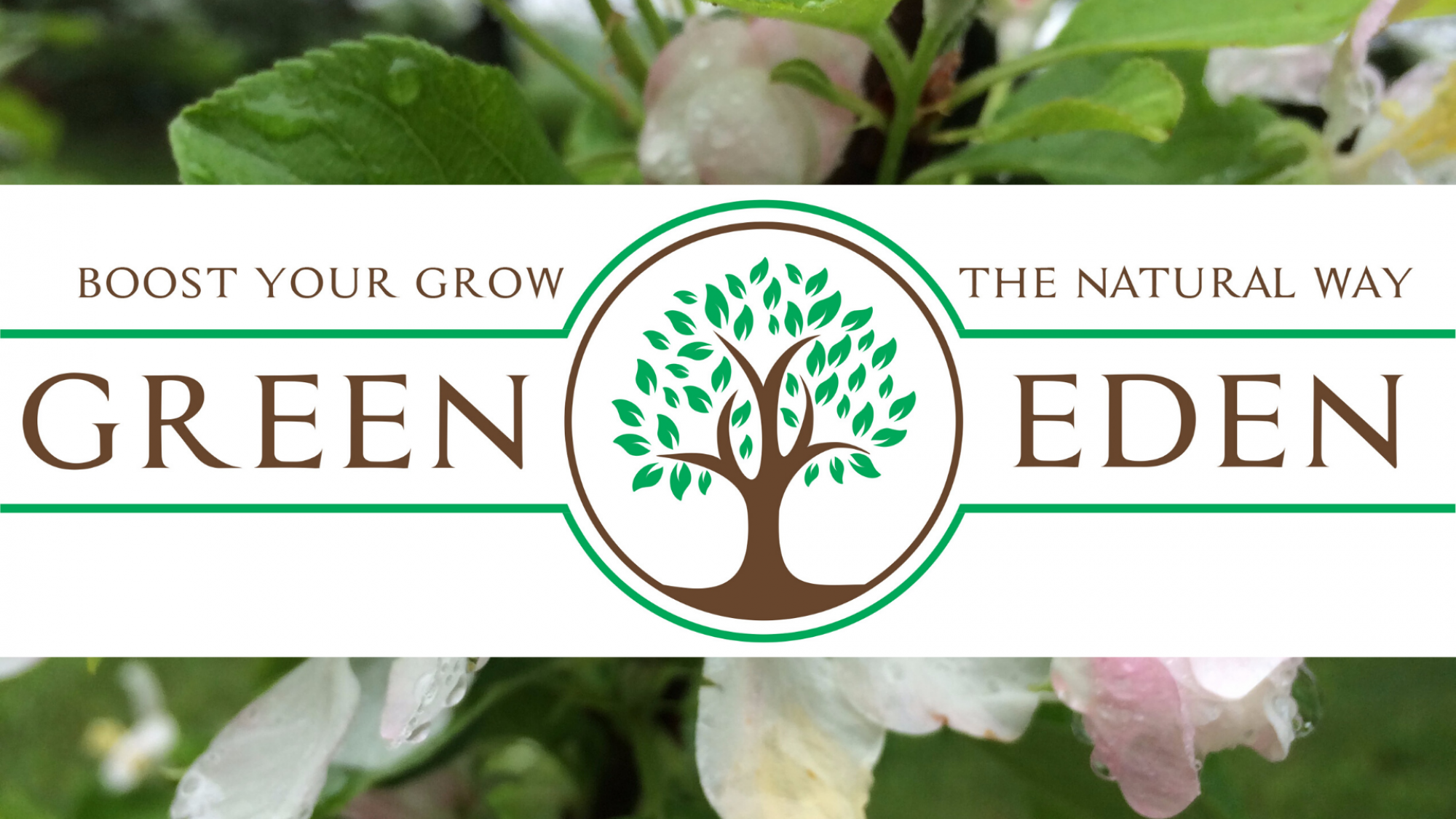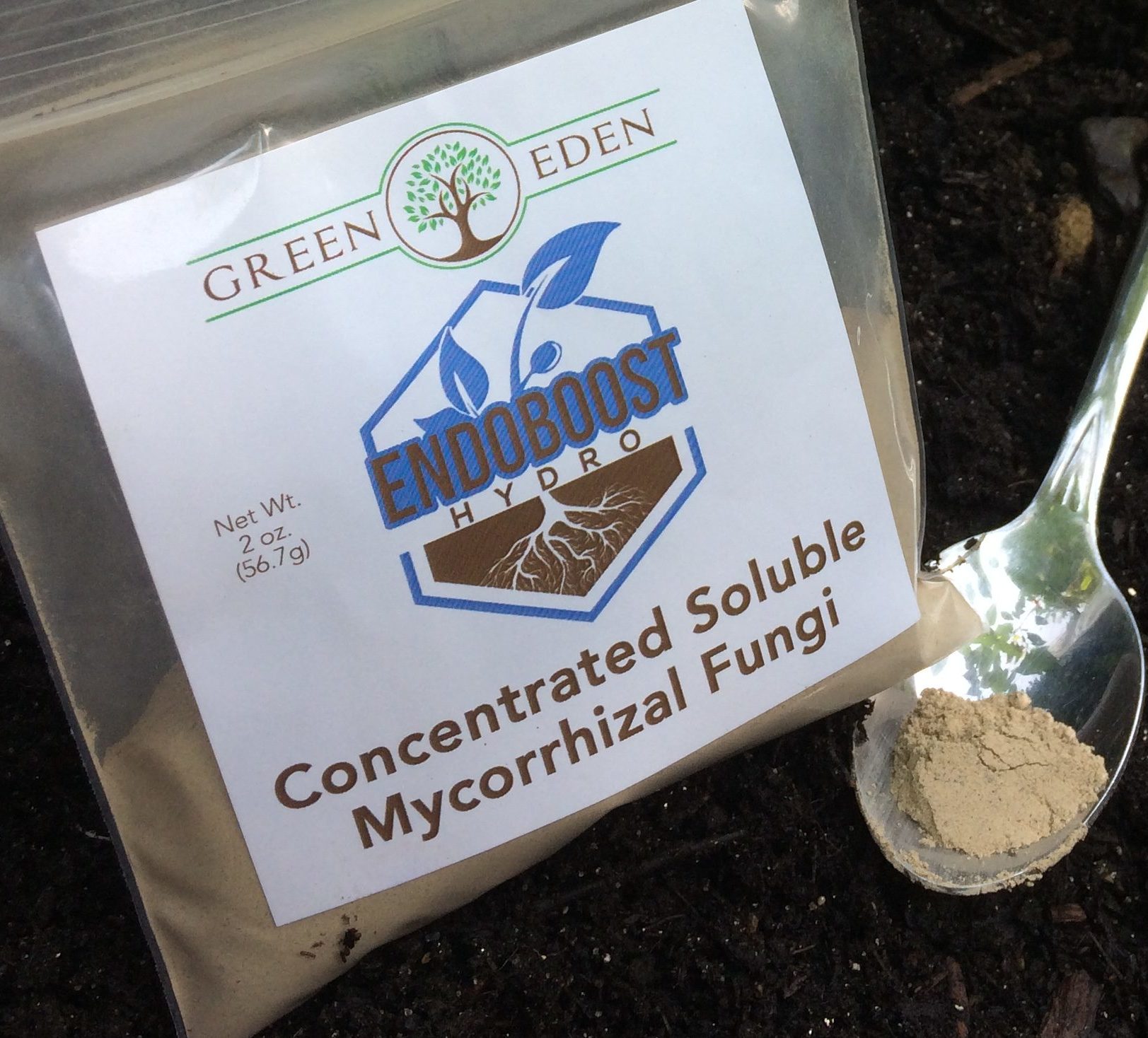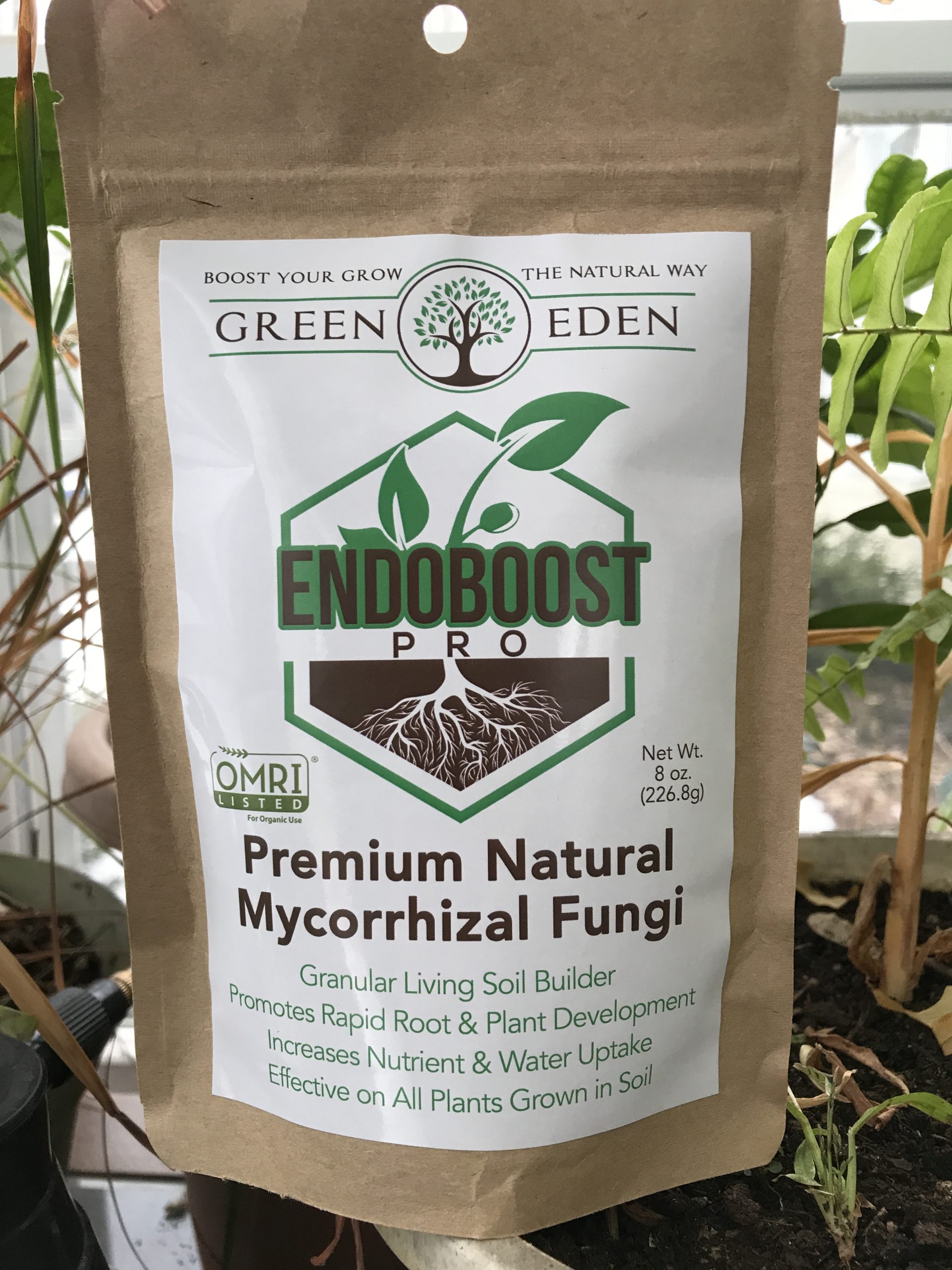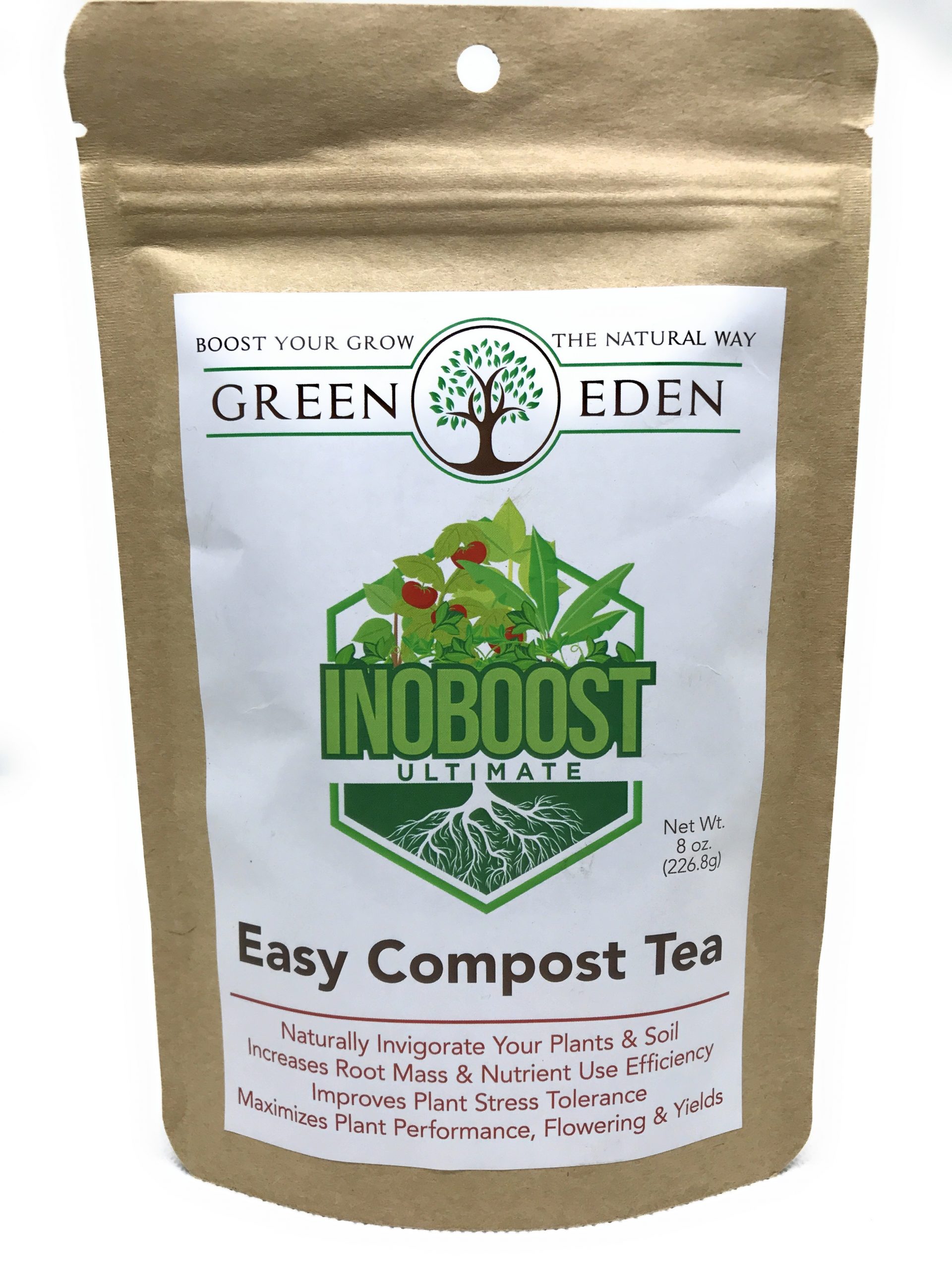Plant Biostimulants Defined
“A substance or microorganism that, when applied to seeds, plants, or the rhizosphere, stimulates natural processes to enhance or benefit nutrient uptake, nutrient efficiency, tolerance to abiotic stress, or crop quality and yield.” This, according to the proposed 2018 U.S. farm bill establishes the first definition of biostimulants by any U.S. government entity.
“The inclusion of a definition for plant biostimulants in the Farm Bill represents a critical initial step in the legislative process that will ultimately support the development of new sustainable technologies for agriculture and U.S. farmers,” said David Beaudreau, Executive Director of the U.S. Biostimulant Coalition (USBC).
A slightly altered definition: “A plant biostimulant is any substance or microorganism applied to plants with the aim to enhance nutrition efficiency, abiotic stress tolerance and/or crop quality traits, regardless of its nutrients content”<1>. The key difference in this definition is the phrase, ‘regardless of its nutrients content,’ which in essence says that these materials can improve and enhance plant growth and function in ways that are not solely due to the nature of the material alone. It is this statement that sets Plant Biostimulants apart from traditional plant fertilization. Plant Biostimulants work as a complement to nutrients present and work in ways to make these nutrients more available to plants, among many other benefits.
With decades of development and scientific research citing the many benefits of biostimulants, the included definitions offer some legitimacy to a still emerging field. With the potential to accelerate the use of these substances in sustainable agriculture/horticulture and other ways.
In this post, we will define the broad categories of Plant Biostimulants, and show how these materials work with plants and within a soil ecosystem to improve soil and plant health and productivity.
What Are The 3 Main Functions Of Plant Biostimulants?
- Nutrient Use Efficiency
- Stress Tolerance
- Plant Quality Traits
Benefits of Using Plant Biostimulants
- Increased Nutrient and Water Uptake/Availability
- Increased Root and Plant Growth
- Tolerance to Abiotic Stress (Extreme Temperatures, Drought, Flood, High Winds, Nutrient Deficiency, Soil Compaction)
- Improved Plant Performance, Quality, and Yields
- Improved Soil Health, Function, and Performance
- Increased Resistance to Pathogens


Categories of Biostimulants
- Humic and Fulvic Acids
- Seaweed Extracts and Botanicals
- Beneficial Fungi
- Beneficial Bacteria
- Others (Protein Hydrolysates, Chitosan, Inorganic Compounds, etc.)
Humic and Fulvic Acids
Humic substances (HS) are natural constituents of the soil organic matter, resulting from the decomposition of plant, animal and microbial residues, but also from the metabolic activity of soil microbes using these substrates<1>. Humic and Folic Acids hold similar functions in plant and soil benefits, with slightly different chemical makeups. HS are the major component of humus, or the organic portion of soil.
Common sources of commercially available HS are leonardite (mineral deposits), naturally humified organic matter (peat/volcanic soils), or chemically extracted from composts and agricultural by-products.
The benefits of HS for plants as well as soil are many. HS are reported to play key roles in various soil and plant functions such as controlling nutrient availability, carbon and oxygen exchange between the soil and the atmosphere, and the transformation and transport of toxic chemicals. In addition, humic substances in soils affect plant physiology and the composition and function of rhizosphere (root zone) microorganisms <2>. Thereby increasing nutrient uptake, plant growth, and yield. As well as indications that HS can have a positive effect against abiotic stress (drought, salinity, soil deficiency, etc.)
The results of studies have shown that HS are optimized when used in combination with plant growth promoting rhizobacteria (PGPR) and other biostimulants<2,3>. Suggesting that using combinations of biostimulants containing HS may play a large role in developing more sustainable and eco-friendly agricultural practices.
Seaweed Extracts and Botanicals
The use of seaweeds and botanicals as biostimulants (biofertilizers) have been used in agriculture for millennia, as a soil amendment and to enhance crop productivity. The effects of these various materials have been documented in research studies to have many benefits to both soil and plants.
Seaweeds and botanicals are renewable resources that have benefits as both biostimulants and biofertilizers, acting as a food source for plants as well as benefiting the soil biome in feeding PGPR. In soils, they act as chelaters, breaking down nutrients to feed plants, improve soil structure, as well as maximize water retention. They also contain plant growth promoting hormones and other materials to aid in plant stress reduction (drought, salinity, and temperature extremes, etc.),<1,2>.
Common sources of seaweed extracts, such as Ascophyllum nodosum, contain over 70 trace minerals and vitamins, growth hormones, enzymes, and proteins. Used in combination with PGPR, they have shown increases in root development, plant growth and yield, and have been shown to be effective in many agricultural and horticultural crops<2>.
Other botanicals, or extracts from plant substances, are being developed to assist in plant protection (biocontrol) products. However, development of these extracts also show potential as biostimulants as well. Similar to crop rotations, intercropping, cover crops and mulching, these materials show promise in allelopathy, or the beneficial interaction that occurs between plants.
Beneficial Fungi
The mutualistic benefits between plants and fungi have been evolving since the origin of plants on land, over 450 million years ago. Mycorrhizal fungi form symbioses with over 90% of all plant species. Many common agricultural and horticultural species associate with mycorrhizae, and the benefits of such have been widely documented. There is an increasing interest for the use of mycorrhizae to promote sustainable agriculture, considering the widely accepted benefits of the symbioses to nutrition efficiency (for both macronutrients, especially phosphorus, and micronutrients), water balance, biotic (living) and abiotic (non-living) stress protection of plants<1>.
The fungal networks formed by mycorrhizae have also been shown to create what are called hyphal networks. These networks allow interplant signaling to occur, where plant defense mechanisms are triggered to defend against insect and fungal pests<5>. Also, these hyphal networks allow for the movement of beneficial bacteria to where this signaling has occurred.
Other beneficial fungi, such as Trichoderma, have been identified to have their own unique benefits to soil and plants. These fungi, unlike mycorrhizae, can live apart from plants; and have been reported to act as a biopesticide (biocontrol) agent and have plant growth promoting properties. By colonizing plant roots, Trichoderma outcompetes pathogenic fungi, and induce plants to enable chemical defenses against certain pests. They also promote plant growth through the release of growth enzymes and increase nutrient use efficiency<1,6>.
Beneficial Bacteria
Beneficial bacteria, specifically Plant Growth Promoting Rhizobacteria (PGPR) are multifunctional and influence all aspects of plant life. Here are some of the ways this happens:
- Help supply nutrients to crops;
- To stimulate plant growth, e.g., through the production of plant hormones;
- To control or inhibit the activity of plant pathogens;
- Improved soil structure;
- Response to biotic and abiotic stress;
- Interactions with other organisms in the agroecosystems and bioaccumulation or microbial leaching of inorganics<1>.
In this way, PGPR act as both biostimulants and biocontrol agents. The soil, and specifically the rhizosphere, is the most biologically diverse ecosystem on the planet. The inoculation of PGPR into these zones allow for plants to obtain the maximum benefit possible. Much research has been conducted on the relationship between plants and PGPR<8>.
Similar to probiotics for humans, PGPR are recruited by plants to assist in improved nutrition and immunity. Using the Mycorrhizal network, PGPR can be signaled, and move to assist the plant in defending against pathogens. This occurs through the release of specific compounds that trigger a response from either the plant or the bacterium. Many beneficial soil-borne microorganisms have been found to boost the defensive capacity in above-ground parts of the plant. This induced systemic resistance (ISR) is a state in which the immune system of the plant is primed for accelerated activation of defense. Where plants have been shown to signal for specific bacteria based on specific conditions<7>.
The potential for beneficial bacteria use in biointensive growing has been widely studied, and a diverse combination of bacteria affords the best opportunity to allow for plants to gain the maximum benefit in health and vigor.
Others (Protein Hydrolysates, Chitosan, Inorganic Compounds, etc.)
Other forms of biostimulants also have benefits to soil and plant health. Protein hydrolysates are acquired from plant or animal byproducts. They include amino acids and have been shown to increase Nitrogen uptake, regulate hormones and enzymes, and chelate nutrients. Protein hydrolysates are known to increase microbial biomass and activity, soil respiration and, overall, soil fertility. Chelating and complexing activities of specific amino acids and peptides are deemed to contribute to nutrients availability and acquisition by roots<1>.
Chitosan and inorganic compounds also contribute in similar ways to optimize soil and plant health. Many effects of beneficial elements are reported by the scientific literature, which promote plant growth, the quality of plant products and tolerance to abiotic stress<1>.
Chitosan and inorganic compounds also contribute in similar ways to optimize soil and plant health. Many effects of beneficial elements are reported by the scientific literature, which promote plant growth, the quality of plant products and tolerance to abiotic stress<1>.
Reported Examples of the Main Effects and Physiological Actions Played by Plant Biostimulants

Plant Biostimulants Benefit Plants
The research is extensive, and ongoing. The results are documented. Numerous plants species have been cited to positively benefit from biostimulant use. A growing awareness is occurring that there is a better way from the traditional methods used in farming and horticulture. Feed the living soil, feed the plant. Biostimulants improve soil health, optimize nutrient use, and increase plant growth, vigor, yield and production.
The work that biostimulants perform allows for less fertilizer use and less need for pesticides, and also shows potential to be useful in site restoration/remediation<2>. The research into the benefits of biostimulants, and the methods to maximize those benefits continues.
A more biointensive and sustainable agricultural (horticultural) environment is possible. Build a living soil that is more resilient, regenerative, and let nature do the work.
Boost your grow the natural way.


references:
<1>du Jardin; Nov. 2015; Plant Biostimulants: Definition, concept, main categories and regulation; Scientia Horticulturae volume 196; pg.3-14
<2>Velez et al.; Agricultural uses of plant biostimulants; May 2014; Plant and Soil (383, 1-2)
<3>Befrozfar et al.; Vermicompost, plant growth promoting bacteria, and humic acid can affect the growth and essence of basil; 2013; Annals of Biological research; 4 (2), pg.8-12
<4>Povero et al.;A systemic approach to discover and characterize natural plant biostimulants; April 2016; Frontiers in Plant Science; online
<5>Johnson, Gilbert; Interplant signaling through hyphal networks; Nov. 2014; New Phytologist; Wiley online library
<6>Harman; Trichoderma; Cornell University College of Agriculture and Life Sciences; online
<7>Berendsen et al; The rhizosphere microbiome and plant health; Aug. 2012; Trends in Plant Science; Vol. 17(8); pg.478-486
<8>Hayat et al.; Soil beneficial bacteria and their role in plant growth promotion: a review; Aug. 2010; Annals of Microbiology; online


















